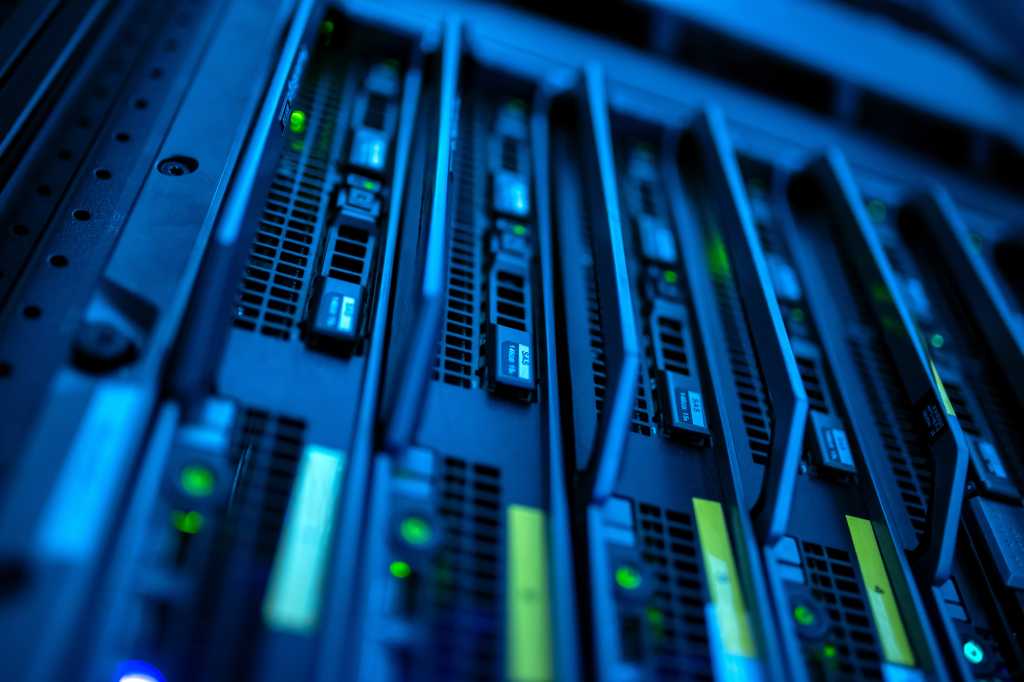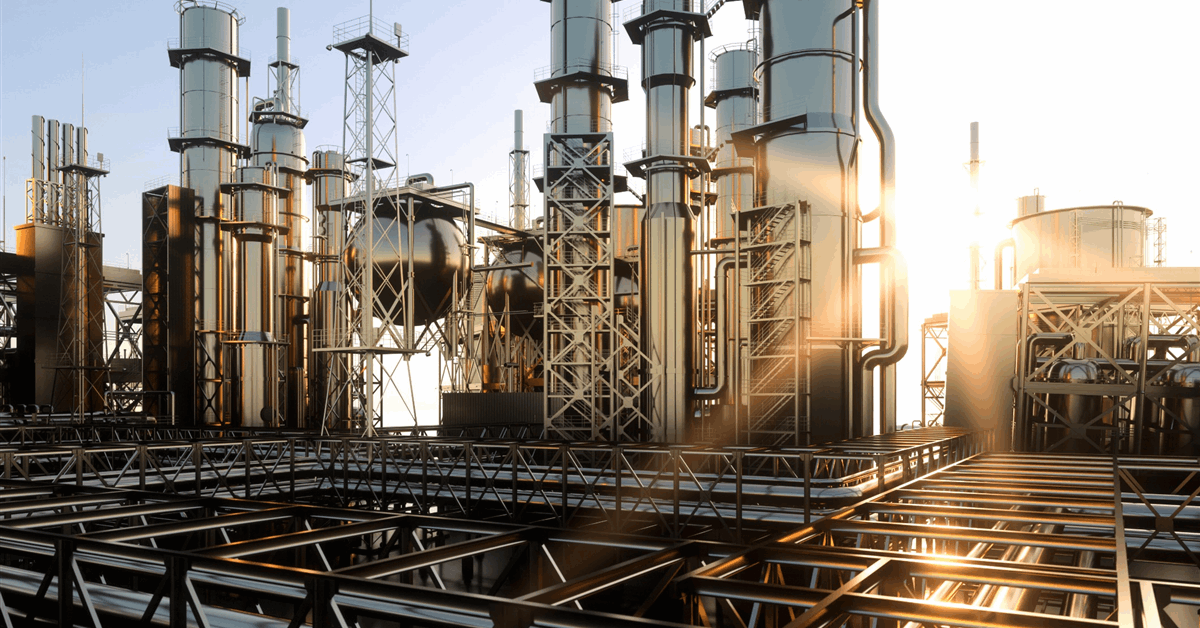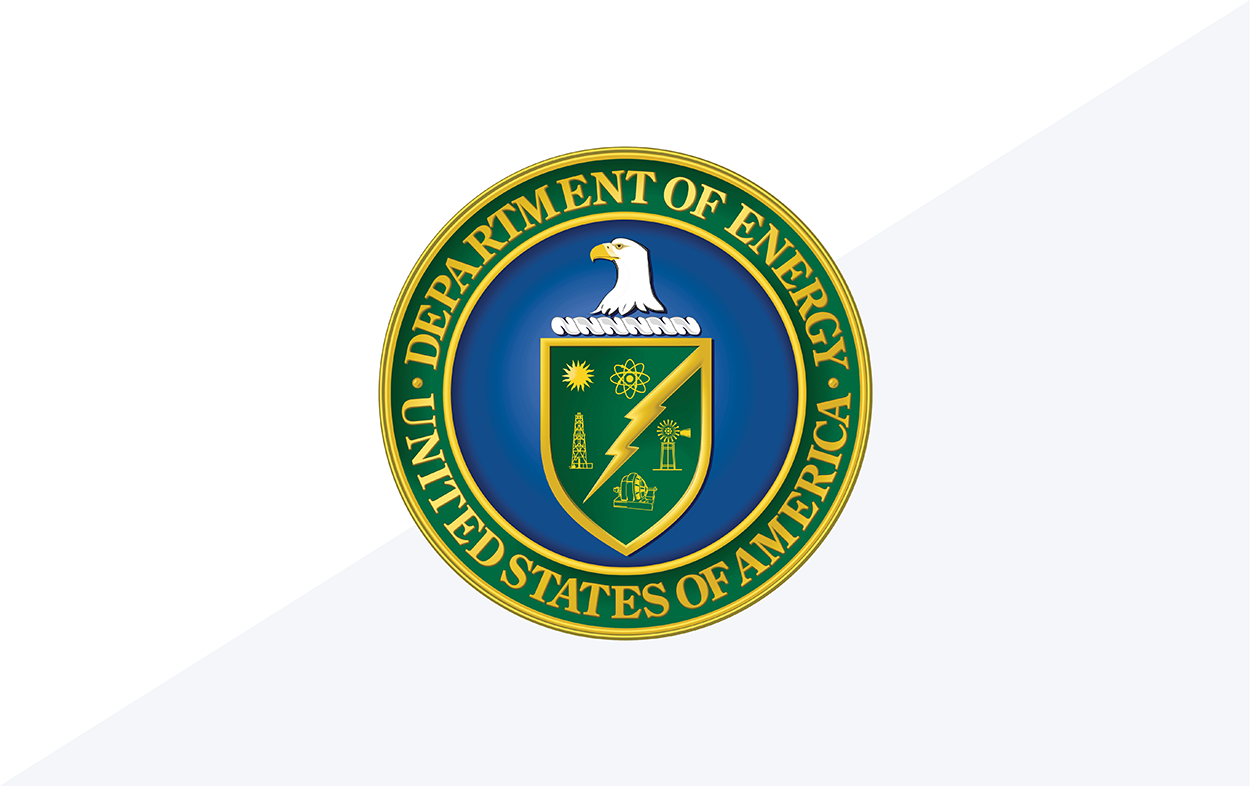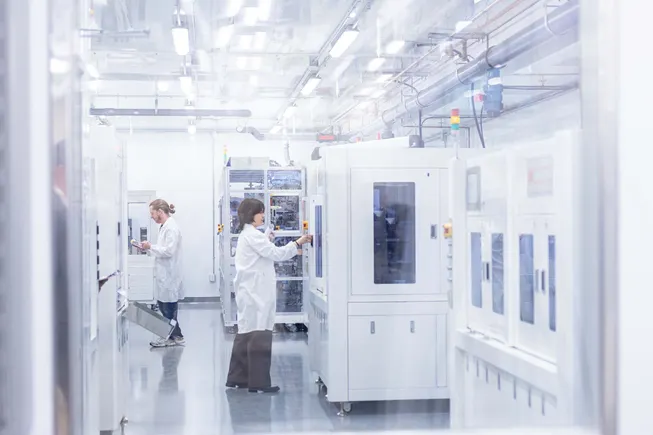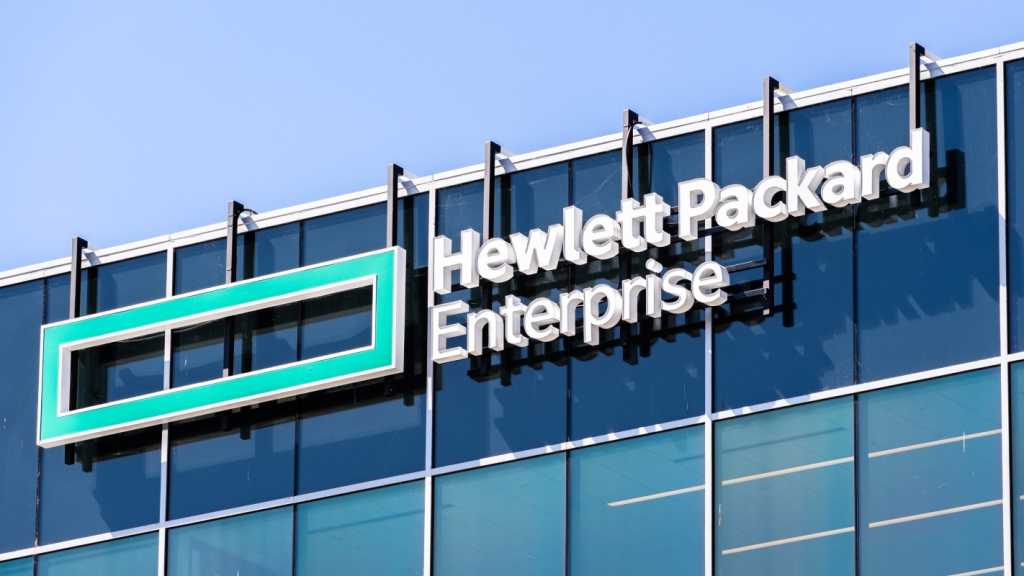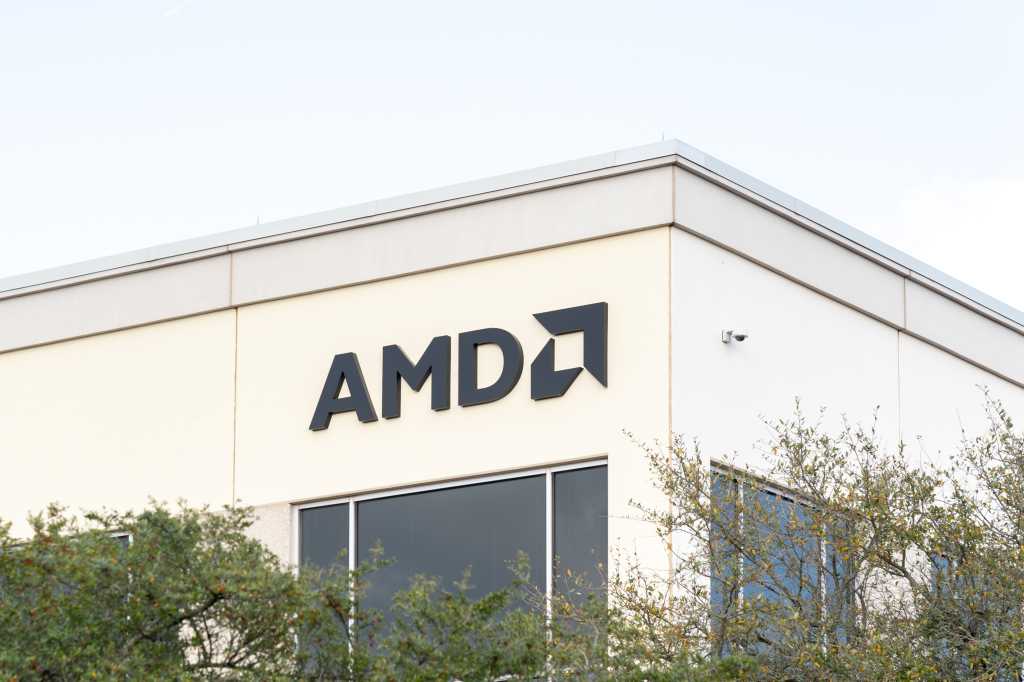
While MEF is only now rebranding, Vachon said that the scope of the organization had already changed by 2005. Instead of just looking at metro Ethernet, the organization at the time had expanded into carrier Ethernet requirements.
The organization has also had a growing focus on solving the challenge of cross-provider automation, which is where the LSO framework fits in. LSO provides the foundation for an automation framework that allows providers to more efficiently deliver complex services across partner networks, essentially creating a standardized language for service integration.
NaaS leadership and industry blueprint
Building on the LSO automation framework, the organization has been working on efforts to help providers with network-as-a-service (NaaS) related guidance and specifications.
The organization’s evolution toward NaaS reflects member-driven demands for modern service delivery models. Vachon noted that MEF member organizations were asking for help with NaaS, looking for direction on establishing common definitions and some standard work. The organization responded by developing comprehensive industry guidance.
“In 2023 we launched the first blueprint, which is like an industry North Star document. It includes what we think about NaaS and the work we’re doing around it,” Vachon said.
The NaaS blueprint encompasses the complete service delivery ecosystem, with APIs including last mile, cloud, data center and security services. (Read more about its vision for NaaS, including easy provisioning and integrated security across a federated network of providers)


